Algorithmic Complexity
Review
Goal:
To get you more comfortable with time complexity so that you can confidently answer questions from SA02
Plan
- Overview of types of complexity
- Strategy for determining complexity
- Examples
Types of Complexity
Imagine you have an electronic copy of a directory of all past and present Hack Reactor students (in alphabetical order, one student per page, with name, picture, current job, and cohort) and you want to mail a directory to each student.
Problem size: # of students
Major Types of Complexity
Constant: Increasing the problem size does not change the number of operations
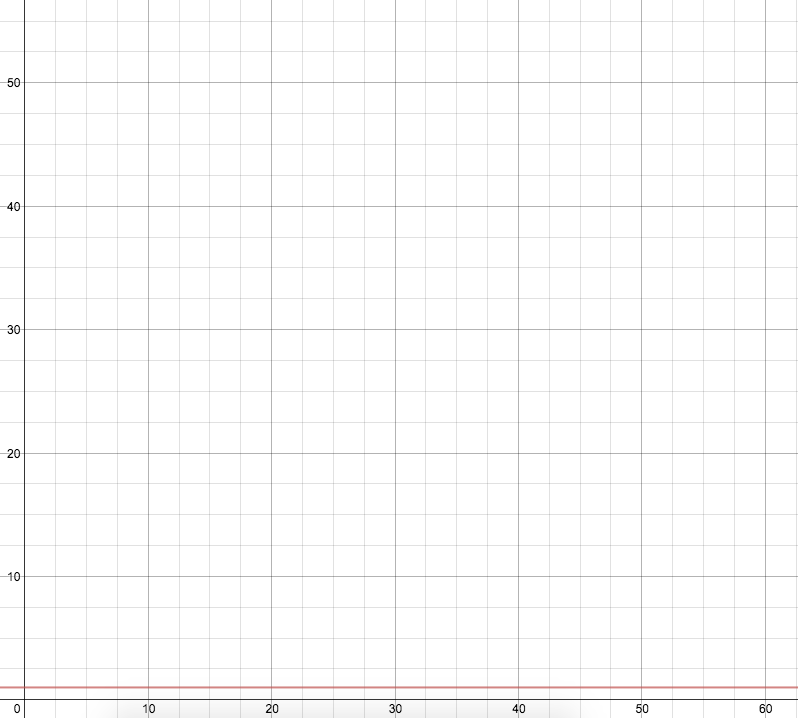
Example: Given a directory and the page a student is on, determine the cohort of the student
Major Types of Complexity
Linear: Increasing the problem size by one adds the same number of operations each time
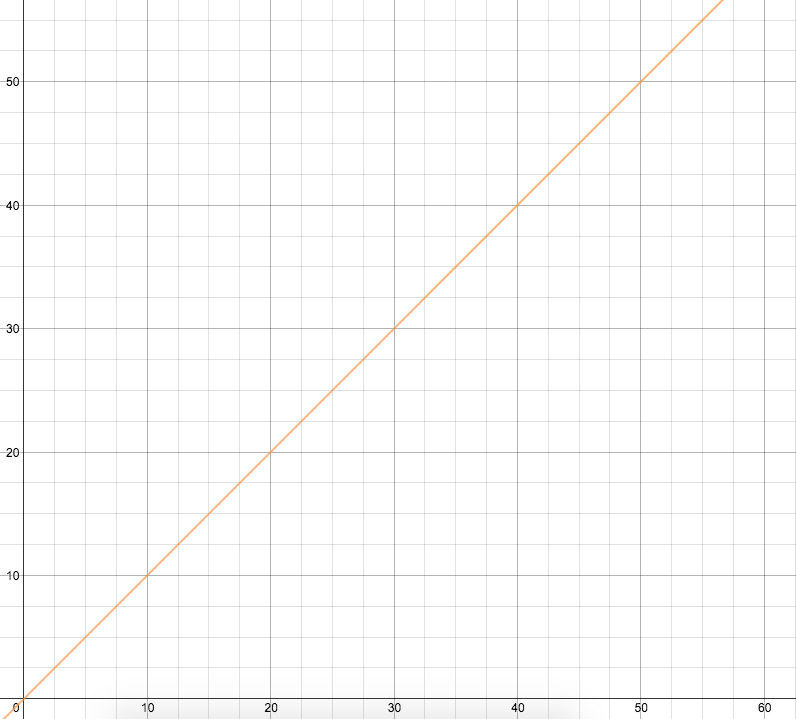
Example: Given a directory, make a list of all of the alumni from
HR 25
Major Types of Complexity
Quadratic: Increasing the problem size by one adds a number of operations proportional to the problem size
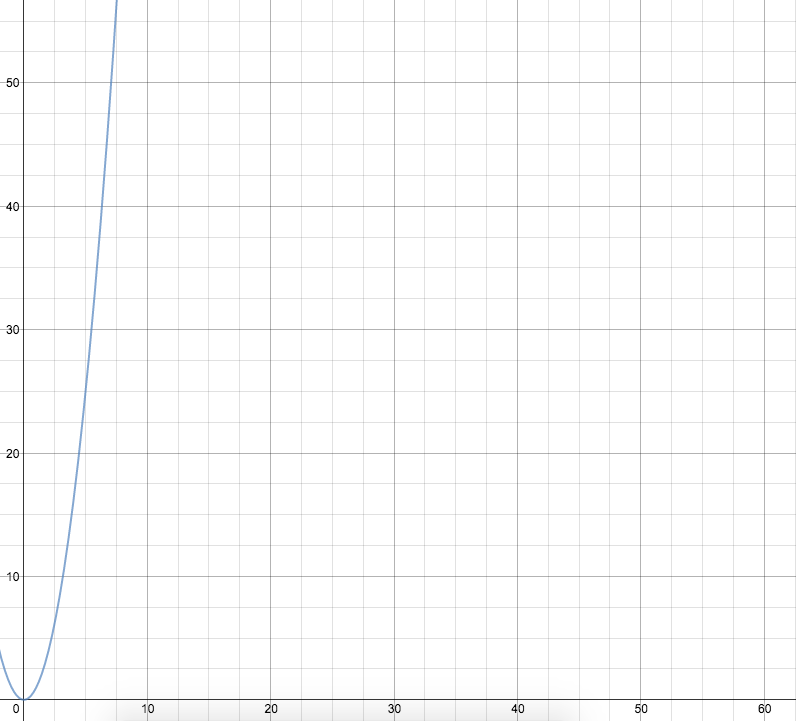
Example: You printed all the copies, but accidentally forgot the first letter of everyone's name. Go through and correct each student in each copy of the directory with a sharpie.
Major Types of Complexity
Exponential: Increasing the problem size by one adds a number of operations proportional to some constant raised to the power of the problem size
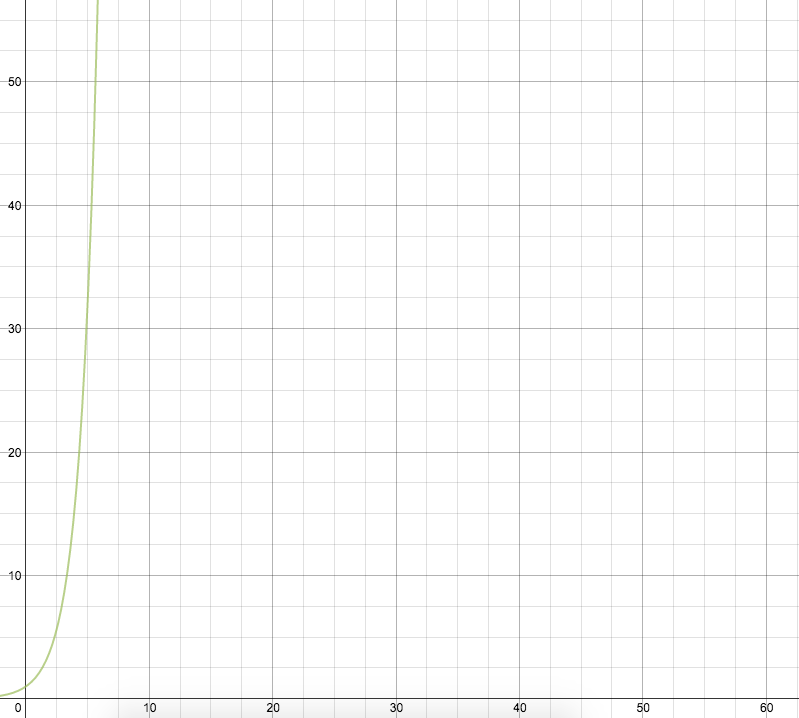
Example: You are sending a gift card to either blue bottle or chai bar to each student with the directory. You want to make a list of all the possible ways in which you can give out the gift cards.
Major Types of Complexity
Logarithmic: Increasing the problem size by one adds a number of operations inversely proportional to problem size (or doubling problem size adds the same number of operations each time)
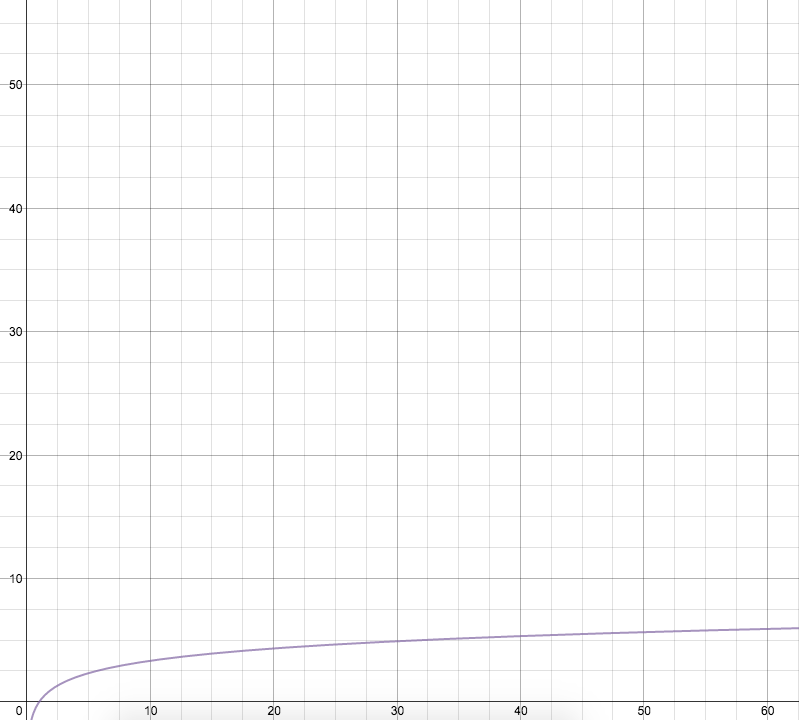
Example: You are looking for a specific student and you know their name - you find them by starting in the middle and seeing if it is to the left or the right, then repeating process with that section of pages.
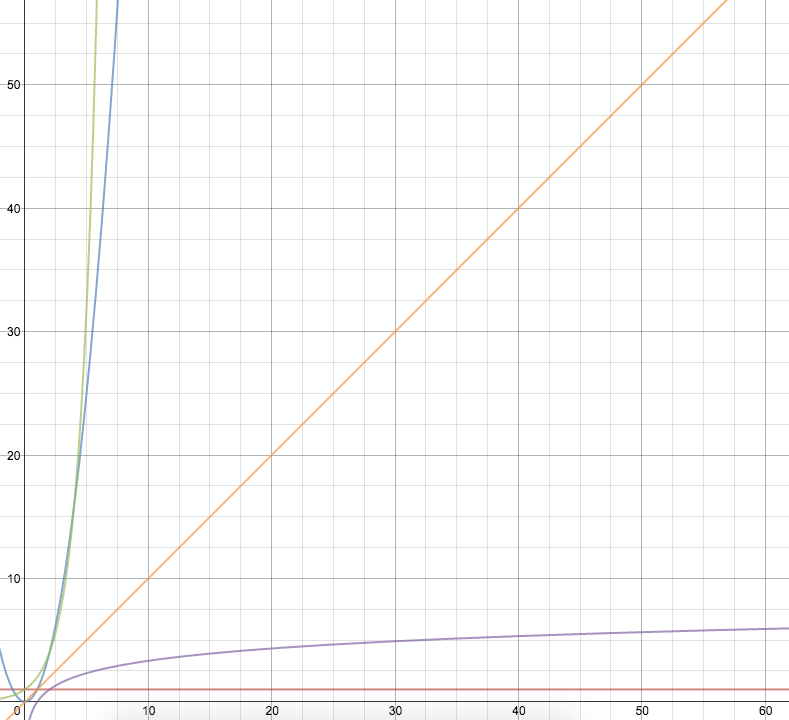
Determining Complexity
0. Don't freak out!
1. Determine what variable(s) represent problem size (this is n)
2. Write number of operations in terms of n
3. Find leading term and drop coefficients
Alternative: If you have difficulty writing operations in terms of n, you can try a few different(-ly sized) inputs and make a table, then look for a trend
What about?
1. Function calls inside of functions that add complexity
2. Recursive functions
Example 1: contains
function contains(array, target){
return array.indexOf(target) > -1;
}Problem size: length of array
//For each element in the array
//if element equals value
//save index
//return index if found, or -1 if notExample 2: gcf
function gcf(num1, num2){
if(num1 > num2){
var temp = num1;
num1 = num2;
num2 = num1;
}
for(var i = num1; i > 1; i--){
if(num1 % i === 0 && num2 % i === 0){
return i;
}
}
return 1;
}Problem size: smaller number of num1, num2
Worst case, must iterate through every integer from num1 to 1
//if num1 > num2
//swap num 1 and num 2
//for each integer starting at num1
//if both num1 and num 2 are evenly
//divisible by integer
//return integer
//return 1Example 3: countChar
function countChar(string){
var counts = {};
var currChar, currCharCount;
for(var i = 0; i < string.length; i++){
currChar = string[i];
currCharCount = 1;
for(var j = i+1; j < string.length; j++){
if(currChar === string[j]){
currCharCount++;
}
}
if(!counts.hasOwnProperty(currChar)){
counts[currChar] = currCharCount;
}
}
return counts;
}Problem size: string length
(2 + n-1) + (2 + n-2) + (2 + n-3) + ... + (2 + n - n)
2n + (n-1 + n-2 + n-3 + ... n-n)
2n + (sum of all numbers from n-1 to zero)
//for each char in string
//set current character to char
//start count at 1
//for each char in rest of the string
//if char equals current character
//add one to count
//if we didn't already save curr char
//save a value for current character
//return storage of countsExample 4: factorial
function factorial(x){
if(x <= 1){
return 1;
} else {
return x*factorial(x-1);
}
}Problem size: value of x
Example: factorial(5)
5*factorial(4)
5*4*factorial(3)
5*4*3*factorial(2)
5*4*3*2*factorial(1)
5*4*3*2*1
Example 5: tournament
function tournament(players){
var results;
if(players.length < 3){
return players[0];
} else{
results = fightToDeath(players);
numWinners = Math.floor(players.length/3);
numByes = players.length%3;
numSurvivors = numWinners + numByes;
return tournament(results.slice(0,numSurvivors);
}
}Assume: fightToDeath() is constant time, and returns players in an order where all surviving players come before non-surviving players in the array.
Each time, we divide the number of players remaining by 3
Problem size: number of players
//if we have less than three players
//pick the first as winner
//else if we have more than three players
//make fight to the death in groups of 3
//determine # winners (n/3)
//determine # byes
//run the tournament again with survivorsTime Complexity Review
By Beth Johnson
Time Complexity Review
- 819



